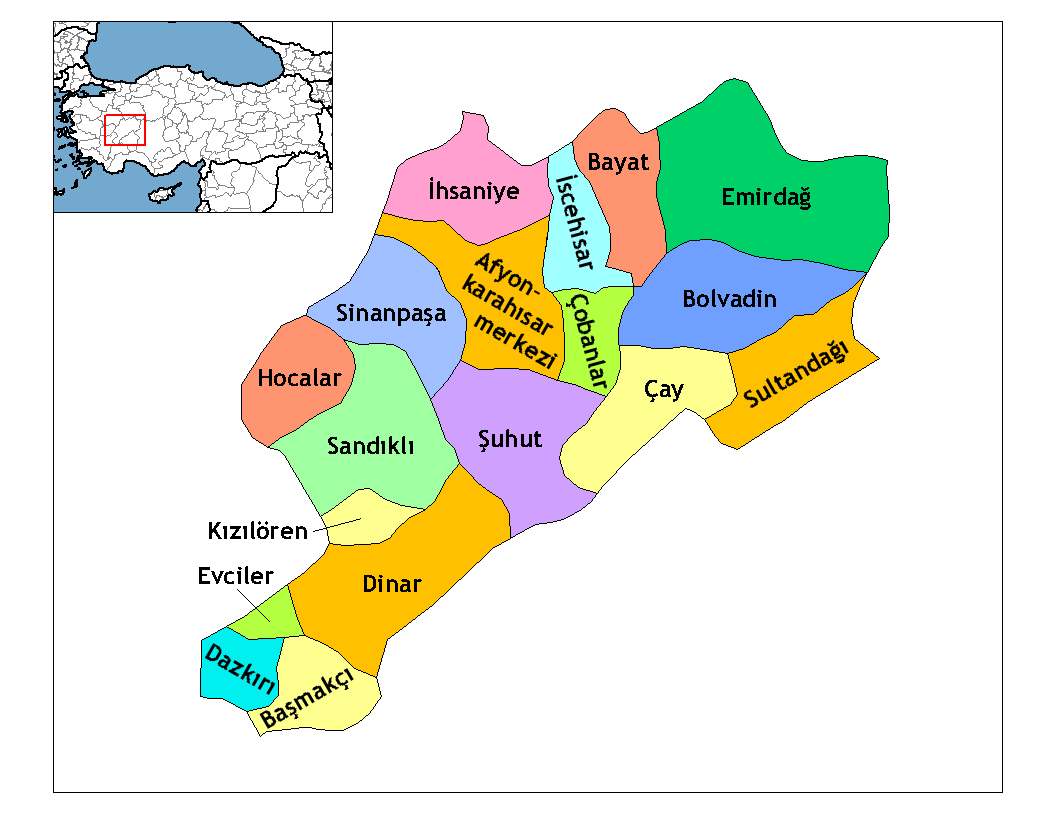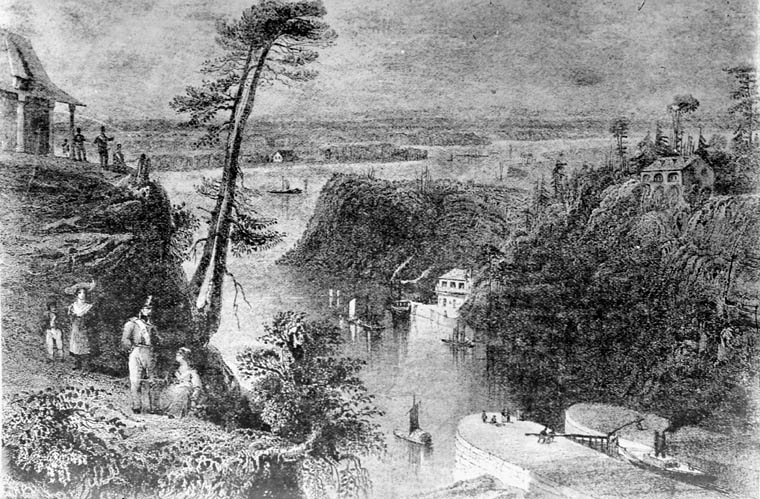|
Göktaş Dam
Göktaş Dam ) is a hydroelectric plant in Turkey. The dam is at between Aladağ and Kozan ilçes (districts) of Adana Province. It is on Zamantı River, a tributary of Seyhan River The Seyhan River (formerly written ''Seihan'', ''Sihun''; ancient name: , ''Sáros''), alternatively known as ''Sarus'' (or in Turkish as ''Sarus Su''),John Garstang and O.R. Gurney is the longest river of Cilicia and the longest of Turkey t .... Two units of the hydroelectric plant was opened to service on 2 October 2015. On 29 December 2016 other units were also put into service. Its nominal output power is 275.6 MWe and the annual energy production is 594 GW-hr. Its operator is ''Bereket Energy''. References Dams in Adana Province Hydroelectric power stations in Turkey Dams completed in 2015 Dams on the Seyhan River 2015 establishments in Turkey {{Turkey-dam-stub ... [...More Info...] [...Related Items...] OR: [Wikipedia] [Google] [Baidu] |
Turkey
Turkey, officially the Republic of Türkiye, is a country mainly located in Anatolia in West Asia, with a relatively small part called East Thrace in Southeast Europe. It borders the Black Sea to the north; Georgia (country), Georgia, Armenia, Azerbaijan, and Iran to the east; Iraq, Syria, and the Mediterranean Sea to the south; and the Aegean Sea, Greece, and Bulgaria to the west. Turkey is home to over 85 million people; most are ethnic Turkish people, Turks, while ethnic Kurds in Turkey, Kurds are the Minorities in Turkey, largest ethnic minority. Officially Secularism in Turkey, a secular state, Turkey has Islam in Turkey, a Muslim-majority population. Ankara is Turkey's capital and second-largest city. Istanbul is its largest city and economic center. Other major cities include İzmir, Bursa, and Antalya. First inhabited by modern humans during the Late Paleolithic, present-day Turkey was home to List of ancient peoples of Anatolia, various ancient peoples. The Hattians ... [...More Info...] [...Related Items...] OR: [Wikipedia] [Google] [Baidu] |
Aladağ, Adana
Aladağ, formerly Karsantı, is a municipality and Districts of Turkey, district of Adana Province, Turkey. Its area is 1,340 km2, and its population is 15,897 (2022). It is about 100 km north of the city of Adana, up in the mountains. This is an undeveloped area, the people live from agriculture and forestry. People from the Çukurova retreat up here in the summer to escape the heat on the plain, although it's too high up for a day trip. The Aladağlar mountains are an eastern extension of the Taurus Mountains. These high mountains are a popular area for climbing, usually accessed from the north through the town of Niğde. The town of Aladağ sits on their southern side, accessed by road up from Adana. Approximately 9 kilometers from the settlement of Karsantı / Aladağ is Meydan Kalesi, an impressive castle and chapel constructed during the period of the Armenian Kingdom of Cilicia. This fortress has three baileys, an array of rounded towers, and a ceremonial hall whos ... [...More Info...] [...Related Items...] OR: [Wikipedia] [Google] [Baidu] |
Kozan, Adana
Kozan, formerly Sis (), is a municipality and district of Adana Province, Turkey. Its area is 1,903 km2, and its population is 132,703 (2022). It is northeast of Adana, in the northern section of the Çukurova plain. The Kilgen River, a tributary of the Ceyhan, flows through Kozan and crosses the plain south into the Mediterranean. The Taurus Mountains rise up sharply behind the town. Sis was the capital of the Armenian Kingdom of Cilicia, today's Sis (ancient city), now called Kozan Kalesi, was built on a long rocky ridge in the center of the modern city. The population of the city has grown rapidly in recent years, from 15,159 in 1960, to 54,451 in 1990, to 72,463 in 2007 and to 74,521 in 2009 (census figures). Names The oldest known name is Sis or Siskia. Under the Roman Empire, it was for a time named Flavias or Flaviopolis. The Greek version of the older name, Σίσιον Sision, came back into use in the later Byzantine period. In Armenian, it is called Sis Սիս ... [...More Info...] [...Related Items...] OR: [Wikipedia] [Google] [Baidu] |
Ilçe
The Provinces of Turkey, 81 provinces of Turkey are divided into 973 districts (''ilçeler''; sing. ''ilçe''). In the Ottoman Empire and in the early Turkish Republic, the corresponding unit was the ''qadaa, kaza''. Most provinces bear the same name as their respective provincial capital (political), capital districts. However, many urban provinces, designated as greater municipalities, have a center consisting of multiple districts, such as the provincial capital of Ankara Province, Ankara province, Ankara, The City of Ankara, comprising nine separate districts. Additionally three provinces, Kocaeli, Sakarya, and Hatay have their capital district named differently from their province, as İzmit, Adapazarı, and Antakya respectively. A district may cover both rural and urban areas. In many provinces, one district of a province is designated the central district (''merkez ilçe'') from which the district is administered. The central district is administered by an appointed pr ... [...More Info...] [...Related Items...] OR: [Wikipedia] [Google] [Baidu] |
Adana Province
Adana Province () is a Provinces of Turkey, province and Metropolitan municipalities in Turkey, metropolitan municipality of Turkey located in central Cilicia. The administrative seat of the province is the city of Adana, home to 78.25% of the residents of the province. Its area is 13,844 km2, and its population is 2,274,106 (2022). It is also closely associated with other Cilician provinces of Mersin Province, Mersin, Osmaniye Province, Osmaniye, and (northern) Hatay Province, Hatay. Geography The southern and central portion of the province mostly falls within the Çukurova, Çukurova Plain (historically known as the Cilicia, Cilician Plain); to the north, the plains give way to the Taurus Mountains (Turkish language, Turkish: ''Toros Dağları''). The provinces adjacent to it are Mersin Province, Mersin to the west, Hatay Province, Hatay to the southeast, Osmaniye Province, Osmaniye to the east, Kahramanmaraş Province, Kahramanmaraş to the northeast, Kayseri Province, ... [...More Info...] [...Related Items...] OR: [Wikipedia] [Google] [Baidu] |
Seyhan River
The Seyhan River (formerly written ''Seihan'', ''Sihun''; ancient name: , ''Sáros''), alternatively known as ''Sarus'' (or in Turkish as ''Sarus Su''),John Garstang and O.R. Gurney is the longest river of Cilicia and the longest of Turkey that flows into the Mediterranean Sea. The river is long and flows southwest from its headwaters in the Tahtalı-Mountains (in Sivas and Kayseri provinces) in the Anti-Taurus Mountains to the Mediterranean Sea via a broad delta. Its main tributaries are Zamantı and Göksu, which unite in Aladağ, Adana to form the Seyhan River. The Zamantı River originates from the Uzun Plateau in Pınarbaşı, Kayseri and crosses Tomarza, Develi and Yahyalı districts in Kayseri. Its sources were reported being in the Taurus Mountains in Cataonia. It flowed through Cappadocia by the town of Comana, then through Cilicia. It is noted by numerous ancient authors including Livy, Xenophon, Procopius, Strabo, Ptolemy, Appian, Pliny the Elder, and Eusta ... [...More Info...] [...Related Items...] OR: [Wikipedia] [Google] [Baidu] |
Dams In Adana Province
A dam is a barrier that stops or restricts the flow of surface water or underground streams. Reservoirs created by dams not only suppress floods but also provide water for activities such as irrigation, drinking water, human consumption, Industrial water, industrial use, aquaculture, and navigability. Hydropower is often used in conjunction with dams to generate electricity. A dam can also be used to collect or store water which can be evenly distributed between locations. Dams generally serve the primary purpose of retaining water, while other structures such as floodgates or levees (also known as Dike (construction), dikes) are used to manage or prevent water flow into specific land regions. The word ''dam'' can be traced back to Middle English, and before that, from Middle Dutch, as seen in the names of many old cities, such as Amsterdam and Rotterdam. Ancient dams were built in Mesopotamia and the Middle East for water control. The earliest known dam is the Jawa Dam (Jorda ... [...More Info...] [...Related Items...] OR: [Wikipedia] [Google] [Baidu] |
Hydroelectric Power Stations In Turkey
Hydroelectricity, or hydroelectric power, is Electricity generation, electricity generated from hydropower (water power). Hydropower supplies 15% of the world's electricity, almost 4,210 TWh in 2023, which is more than all other Renewable energy, renewable sources combined and also more than nuclear power. Hydropower can provide large amounts of Low-carbon power, low-carbon electricity on demand, making it a key element for creating secure and clean electricity supply systems. A hydroelectric power station that has a dam and reservoir is a flexible source, since the amount of electricity produced can be increased or decreased in seconds or minutes in response to varying electricity demand. Once a hydroelectric complex is constructed, it produces no direct waste, and almost always emits considerably less greenhouse gas than fossil fuel-powered energy plants. [...More Info...] [...Related Items...] OR: [Wikipedia] [Google] [Baidu] |
Dams Completed In 2015
A dam is a barrier that stops or restricts the flow of surface water or underground streams. Reservoirs created by dams not only suppress floods but also provide water for activities such as irrigation, drinking water, human consumption, Industrial water, industrial use, aquaculture, and navigability. Hydropower is often used in conjunction with dams to generate electricity. A dam can also be used to collect or store water which can be evenly distributed between locations. Dams generally serve the primary purpose of retaining water, while other structures such as floodgates or levees (also known as Dike (construction), dikes) are used to manage or prevent water flow into specific land regions. The word ''dam'' can be traced back to Middle English, and before that, from Middle Dutch, as seen in the names of many old cities, such as Amsterdam and Rotterdam. Ancient dams were built in Mesopotamia and the Middle East for water control. The earliest known dam is the Jawa Dam (Jord ... [...More Info...] [...Related Items...] OR: [Wikipedia] [Google] [Baidu] |
Dams On The Seyhan River
A dam is a barrier that stops or restricts the flow of surface water or underground streams. Reservoirs created by dams not only suppress floods but also provide water for activities such as irrigation, drinking water, human consumption, Industrial water, industrial use, aquaculture, and navigability. Hydropower is often used in conjunction with dams to generate electricity. A dam can also be used to collect or store water which can be evenly distributed between locations. Dams generally serve the primary purpose of retaining water, while other structures such as floodgates or levees (also known as Dike (construction), dikes) are used to manage or prevent water flow into specific land regions. The word ''dam'' can be traced back to Middle English, and before that, from Middle Dutch, as seen in the names of many old cities, such as Amsterdam and Rotterdam. Ancient dams were built in Mesopotamia and the Middle East for water control. The earliest known dam is the Jawa Dam (Jorda ... [...More Info...] [...Related Items...] OR: [Wikipedia] [Google] [Baidu] |





